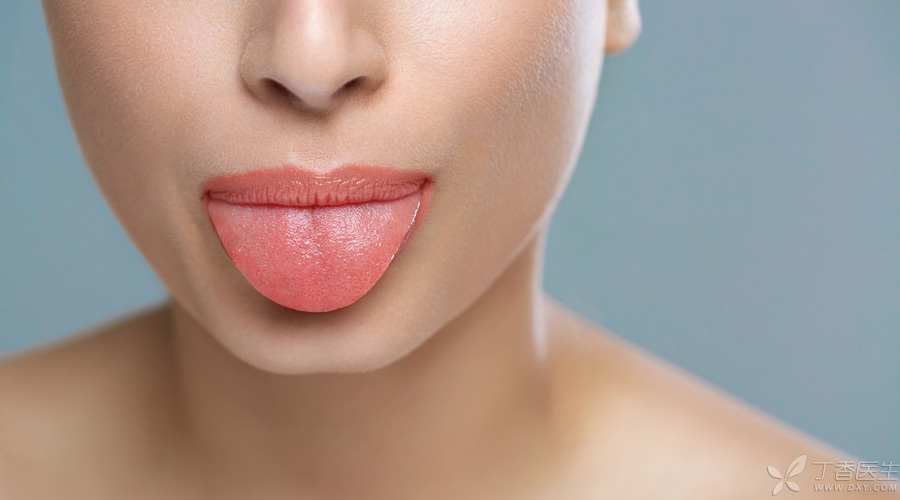
There is a layer of pale white on the tongue, called tongue coating.
Tongue coating is mainly composed of keratinocytes exfoliated from tongue mucosa, residual food residues, bacteria and other microorganisms growing in it.
These components of tongue coating are continuously formed and will be swallowed into our stomachs as we eat and saliva washes away. Therefore, the total amount of tongue coating remains relatively balanced.
The normal color of the tongue should be pink with a light white coating.
There is a saying that tongue coating can identify diseases, which is reasonable. Let’s have a look.
A white tongue
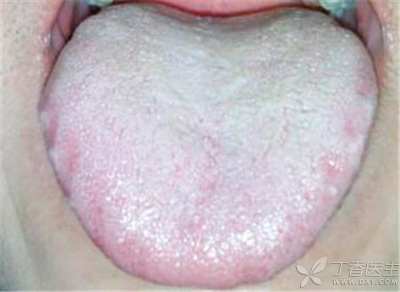
The most common reason is the thickening of the tongue coating on the tongue surface.
Poor oral hygiene, reduced saliva and long-term non-eating will lead to excessive accumulation of tongue coating on the tongue surface.
Diseases such as colds and systemic infections may also lead to excessive tongue coating by affecting normal metabolism.
When you find your tongue coating is a little thick, you can try to brush it lightly with a toothbrush.
In addition, fungal infection (candidiasis) may also occur on the tongue, and white may also appear on other mucous membranes in the oral cavity. However, it is rare in healthy adults and occurs mostly in infants, the elderly and people with low immunity.
If there are particularly white plaques or stripes on the tongue, the possibility of diseases such as oral leukoplakia and oral lichen planus should be ruled out-both of which belong to precancerous lesions and must be confirmed and intervened as soon as possible.
Smokers have a high probability of oral leukoplakia, and friends who have smoking habits should be more vigilant.
A red tongue
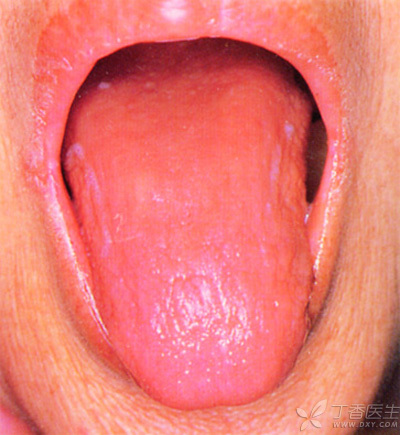
The light tongue coating completely disappears and the whole tongue turns red, just like a piece of beef. This is atrophic glossitis, or [mirror tongue].
It often occurs in middle-aged and elderly women with systemic diseases, which may be caused by anemia, nutritional deficiency, Sjogren’s syndrome, Candida infection, etc., resulting in atrophy of tongue papillae and red state.
In terms of treatment, we must first clarify the cause of the disease and then take appropriate drugs for the cause.
The tongue is red and white.
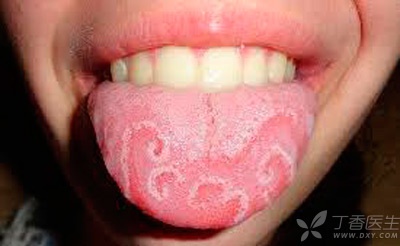
Some parts of the tongue are red and some parts are white, just like a map, and they also move around and change shapes in a characteristic way, which makes the [map tongue] doubtful.
This disease is related to genetic, immune, psychological, endocrine and other factors.
However, the prognosis of map tongue is good, and there is no obvious discomfort and no need for treatment.
Psychological counseling may be more important after the map tongue occurs. Don’t panic too much. However, if these spots do not disappear for more than two weeks, remember to let the stomatologist check them.
Yellowed tongue
Smoking and eating colored food, such as oranges or beverages with edible pigments, may make your tongue yellow.
Generally, mouthwash will fade away quickly through saliva flushing, so there is no need to worry.
Then there is, quit smoking!
Blackened tongue
This kind of situation mostly occurs in the elderly.
There is a structure called filamentous nipple on the tongue, which is normally in a dynamic balance between growth and falling off.
When metabolism is disordered, these filamentous Mao Mao will continue to grow, which doctors call [hairy tongue].
If it happens to be accompanied by Candida infection, it may turn black, which is called “black hair tongue”.
In addition, long-term use of antibiotics and mouthwash containing antibiotic ingredients can also easily lead to blackening of the tongue.
Ulcer of tongue
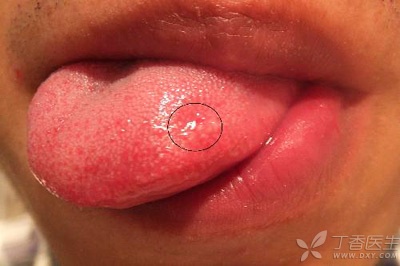
This is really not uncommon.
I will forget the pain myself. In the face of delicious food, I can’t eat or drink, doubling the pain.
Ulcers on the tongue often grow on and under the edge of the tongue. Sharp cusps and places where dentures are often ground may cause traumatic ulcers. Such ulcers can be avoided.
In addition, patients after tumor surgery, radiotherapy and chemotherapy are more prone to ulcer, requiring specialized use of symptomatic drugs to relieve pain.
Pain in tongue
There are two kinds of tongue pain, one is accompanied by pathological changes on the tongue, such as glossitis, ulcer, etc., and the other is that the tongue itself is unscathed, but the tongue can feel uncomfortable. This disease is called “tongue pain”.
Tongue pain, also known as burning mouth syndrome, as its name implies, is like burning the tongue when it occurs, and it will also feel numbness, tingling pain, dullness of taste, etc.
The etiology of tongue pain is complex, but it is generally believed that mental factors are one of the most important causes. This disease needs the joint help of stomatologists and psychologists.
Open one’s tongue
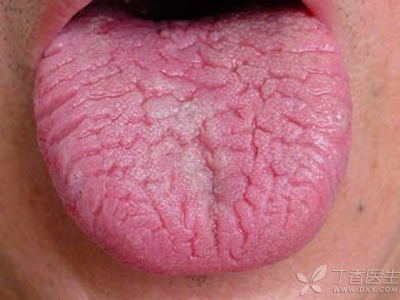
The tongue is inexplicably cracked, and its appearance is quite frightening. Many people will feel panic.
But in fact, this is a disease that does not need treatment, called “groove tongue”. Many people have it since childhood, and some people reappear as adults.
Modern stomatology also does not know the cause of the disease. However, because it does not have any discomfort symptoms, it generally does not need treatment.
Of course, if the crack on the tongue is very deep and the cleaning is not in place, sometimes local redness and swelling and pain will occur. At this time, doctors need to evaluate whether drugs are needed to prevent infection.
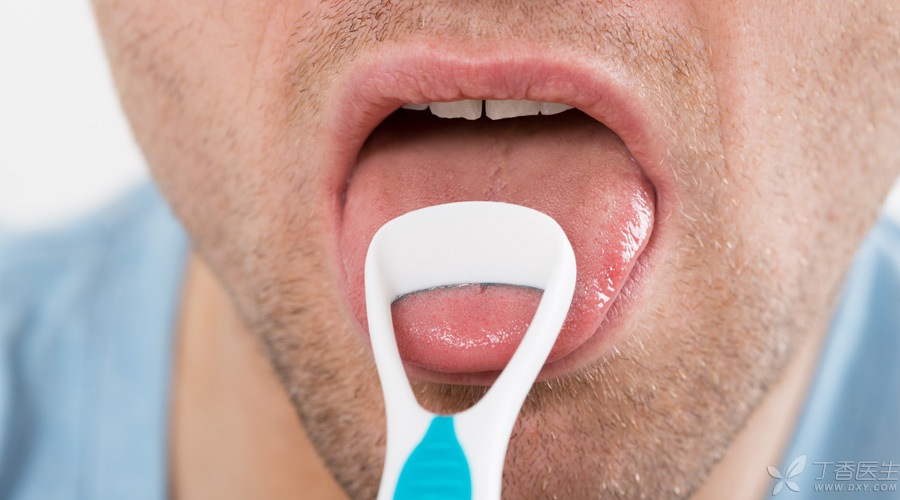
Yes, by looking at the tongue, we can really understand some physical conditions.
This article is to give you some simple references. If you find these abnormal changes in your tongue coating or those around you, you should pay attention to them.
It is the right way to ask a professional doctor in time and check the reason clearly.
In addition, remember to clean your tongue incidentally when brushing your teeth to maintain good hygiene in your oral cavity.
Copyright of Clove Garden. No reprinting is allowed without permission.
/Network
